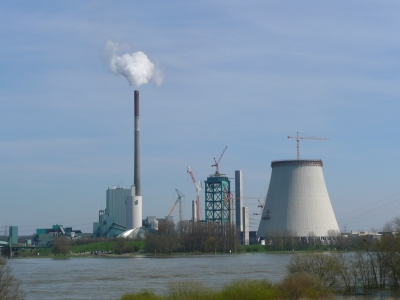The 2-year research commissioned to ToxicoWatch Foundation analysed the deposition of persistent organic pollutants (POPs) in biomarkers such as eggs of backyard chicken, pine needles and mosses near three waste-to-energy (WtE) incinerators: UAB Kauno Cogeneration Power Plant (Kaunas, Lithuania), Valdemingómez (Madrid, Spain) and ZEVO Chotíkov (Pilsen, Czech Republic).
The research found that:
- Most eggs of backyard chickens near the three incinerators exceed EU action limits for the bioassay DR CALUX and the chemical GC-MS (2) analysis as regulated in the EU Regulation 2017/644.
- Analysis of the vegetation, pine needles and mosses, shows dioxins in elevated concentrations in the areas around the waste incinerators in all three countries by bioassay DR CALUX.
- High quantities of per-and polyfluoroalkyl substances (PFASs) are found in mosses, pine needles and eggs of backyard chickens in all three areas around the waste incinerators by bioassay FITC-T4 measurements
- High levels of polycyclic aromatic hydrocarbon (PAH) are found in mosses, and pine needles around all three waste incinerators by bioassay (PAH CALUX.)
The most polluted area in this biomonitoring research, is found to be in Madrid near Valdemingómez installation, one of the oldest waste incinerators in Europe.
The study also highlights the limitations of measurements of POPs based on chemical analysis, required by EU legislation, as it fails to measure the total toxicity of (thousands) of toxic substances (PCDD/F, dl-PCB, PAH and PFAS) emitted by waste incinerators. Moreover, the data currently made available on POPs emissions is based on calculated figures and averages, which gives a misleading picture of the actual emissions.
Janek Vähk, ZWE’s Climate, Energy, and Air Pollution Programme Coordinator, said: ”Waste combustion installations emit toxic substances that persist in the environment, bioaccumulate in ecosystems and have significant negative effects on human health and livelihoods. Thousands of people live near such combustion facilities all over Europe. To date, they have not been reassured about the health risks and safety of these facilities, nor have the compensation right for the harm they suffer when these installations break the law.”
Taking into the account of the findings of the research, ZWE recommends using the current revision of the Industrial Emissions Directive to:
- Mandate the use of bioassays to monitor POPs emissions from waste combustion facilities;
- Oblige operators to publish all emissions data including in gross values (not only calculated figures, averages…) as well as original laboratory analysis reports.
- Ensure compensation rights for the damage caused when these facilities break the law.
- Set the “strictest possible” emission limit values for POPs consistent with the “lowest emissions achievable” by applying Best Available Technology (BAT).










